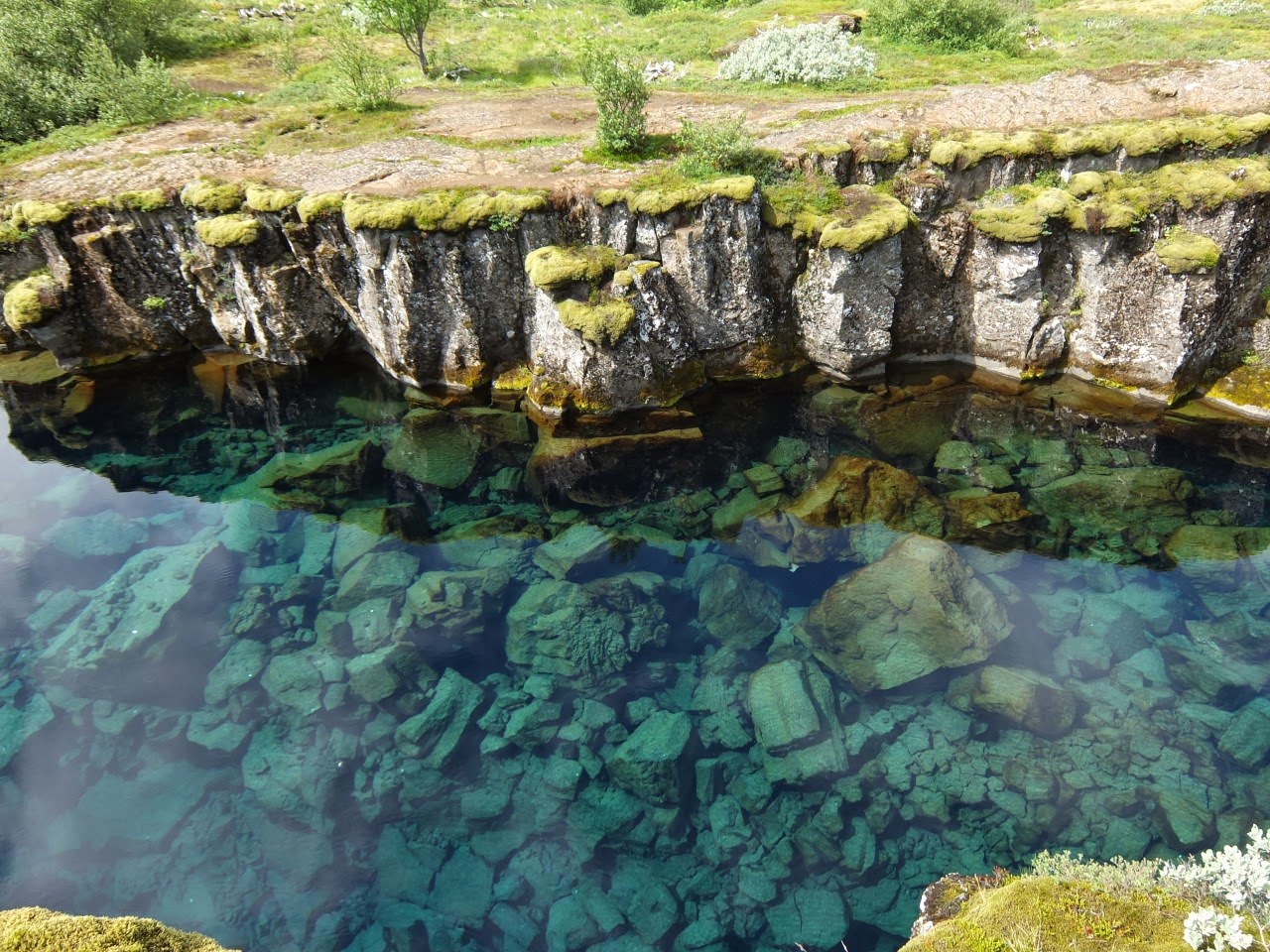While there are certain similarities between NZ and Iceland, both being island nations with small populations, seismically active, on the outer corners of civilisation, it's when the things we take for granted are not there, that you know you're really in another country.
Case in point: There are no McDonalds in Iceland. It's not financially tenable for them to continue after the financial crisis, so they pulled out.
Case in point #2:
Whale steak
It tasted alright, was blubbery (as is to be expected) and was a little stringy. I kept feeling that someone was going to jump out and demand that I rescind my new Zealand citizenship, but no one did, and there it was on the menu, along with horse and spaghetti bolognaise. The waitress informed us that it was Minke whale, and she didn't seem to have a problem with me ordering it.
Despite its isolation and emancipation from the shackles of certain aspects of globalisation, there are certain things that seem to be truly inescapable.
Nile Rivers
Share a Coke with Jaroslaw! (we didn't know anyone with that name, so we just shared it between us)
Anyway.
Extinct volcanic craters anyone?
Grábrók. This reminded me of Mount Eden.
Working our way back down the western side of the island, we tried to find a bunch of different things that the little booklets we got at the tourist office said were there. Some of these our trusty GPS knew about. Others, we had to make some guesses, trying to follow the description in the book. Sometimes there were signs, and sometimes they were in English, but all in all, they could do with either better signposting, or better tourist booklets. Anyway, some of our finds:
Glanni Falls
Deildartunguhver. Biggest volume hot springs in Europe.
More Deildartunguhver. This is the river that it flows into. They use this for heating, pumping it to the surrounding towns.
By that time, we were almost in Reykjavik, capital city #1, and took the tunnel under the harbour.
The next couple of days were spent doing the 'Golden Circle' activities that most tourists do. Geysir, Þingvellir, Gullfoss, and the Blue Lagoon.
Þingvellir is a valley caused by two tectonic plates pulling apart (correct me if I'm wrong here Grant). It's the only place in the world that this happens on the surface. All the other ones are at the bottom of ocean trenches.
The view of the lake. Those towers of stones are presumably not a natural phenomenon, although we saw them all over the place.
It's also the site of the oldest parliament in the world, the Alþing, just so you're aware that when you call something a thing, you're using the same word the Vikings used to describe their parliament: it's a thing.
This is what everyone comes to see.
It's a truly amazing place. That's actually a reflection of the sky, not a tear in the space-time continuum.
You can tell why people go scuba diving here.
Next up is Geysir.
Here lies Geysir, the first of his name.
Thankfully though, Strokkur is more obliging, erupting every few minutes:
People standing around.
People standing around looking at Strokkur.
Next up is a rather large waterfall. Probably the biggest one I've seen to date. Behold Gulfoss:
Note the tiny pilgrims on the left. For scale of course.
Lastly, on the way out of Reykjavik, as you go towards the airport (which is actually in Keflavik) there is one more famous tourist destination.
The Blue Lagoon sounds like the title of some gothic novel, but as you can see, it is indeed blue.
The Blue Lagoon presumably has some fancy icelandic name, but I can't find it on the paperwork that we brought back with us. Some things you'll want to know about it:
Q. Can I swim in it?
A. Yes you can swim in it. That's a photo of a part outside which may or may not be fit for swimming.
Q. How much does it cost?
A. Like everything in Iceland, it's a bit expensive. roughly $60 NZD each. But you're only in Iceland once, right?
Q. Was it worth it?
A. No, not really. Apart from the Martian scenery, which you don't really notice, it was a hot pool with blue water. They did have free mud that you could spread on your face though, which was nice.
Despite the cold and rain that we experienced earlier on in the week, I think Iceland is one of my favourites of the places we've visited so far. It's eerie and otherworldly. Looking back on it, some parts of the trip feel like we were driving through a dreamscape, and that it wouldn't be out of place to go around a corner to find a dragon there. Or a spaceship. Iceland is truly a fantastic place. You should visit.
That's it for Iceland. We've been without robust internet recently, and so are rather behind. Hopefully we'll catch up soon.
















Woot, your geology is correct!
ReplyDeleteAwesome photos
I am still jealous. But it looks so beautiful!
ReplyDeleteI got your postcard and am very grateful!